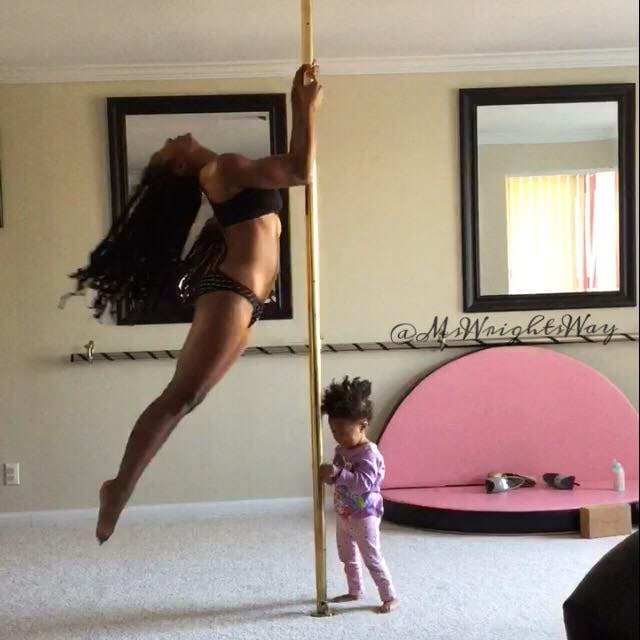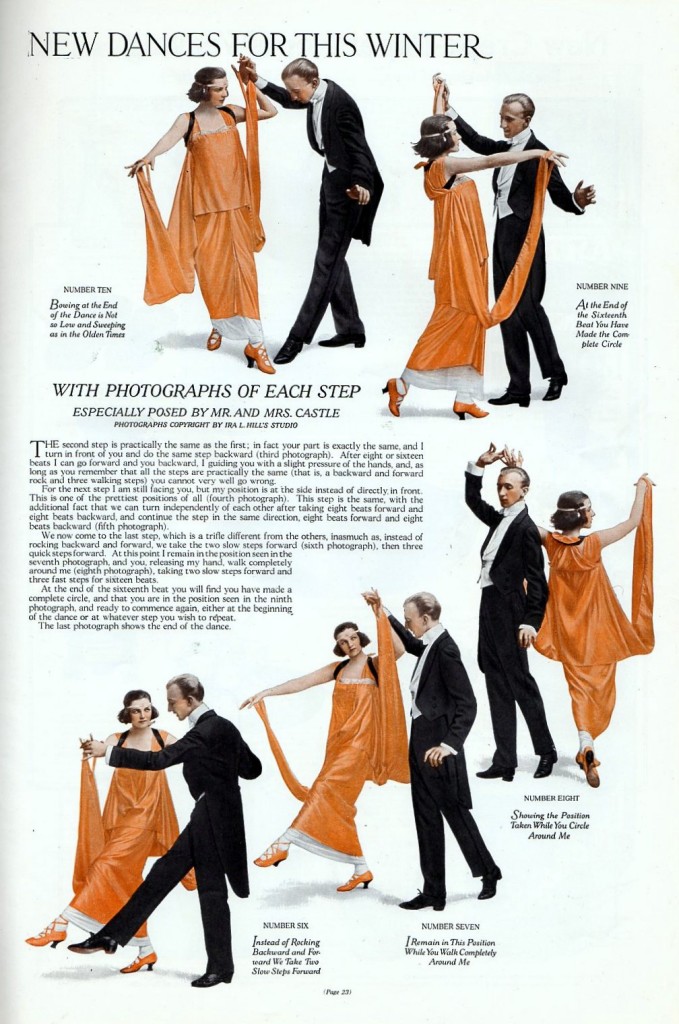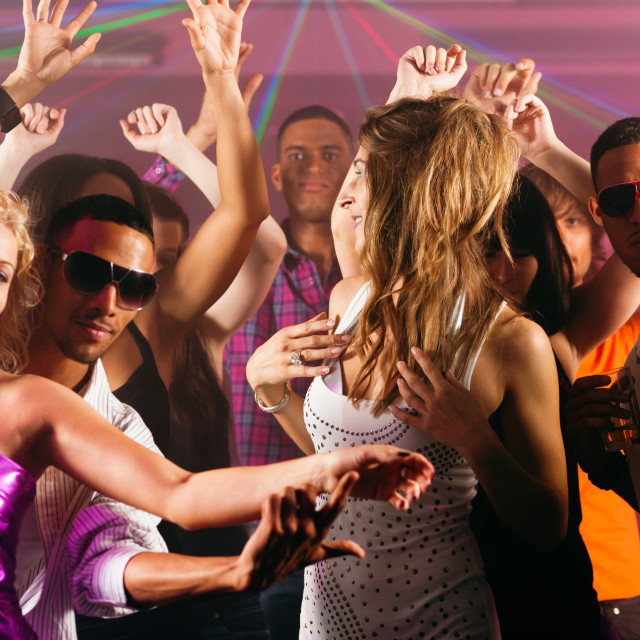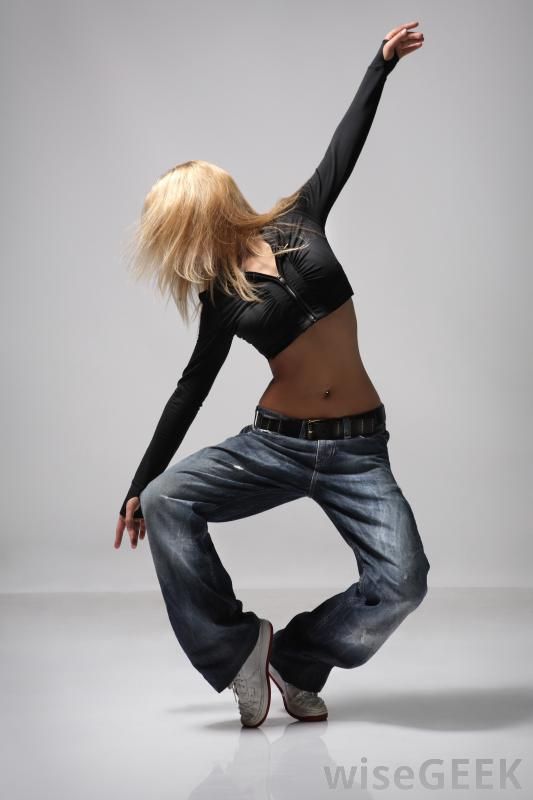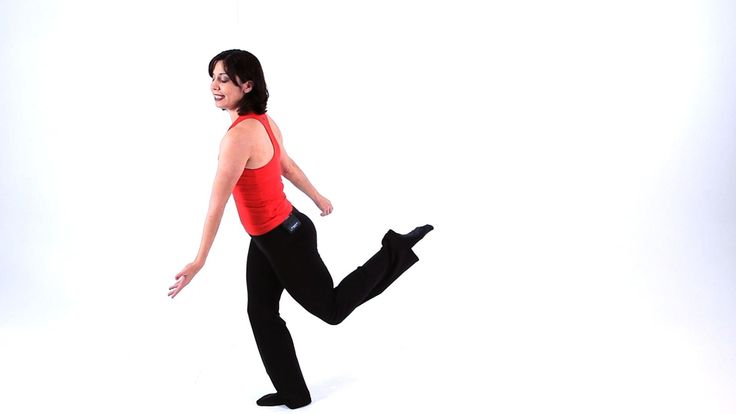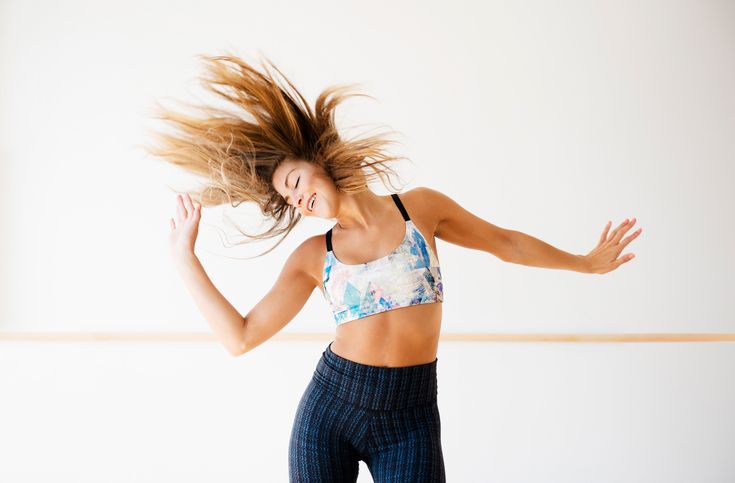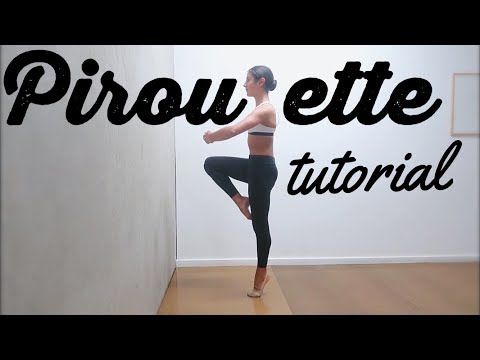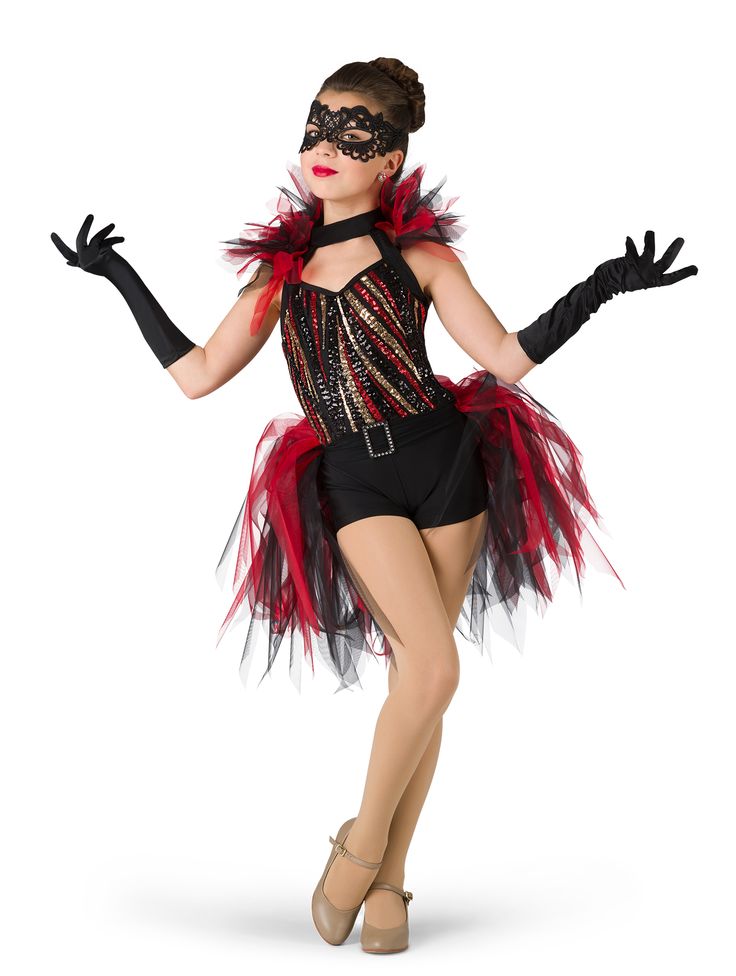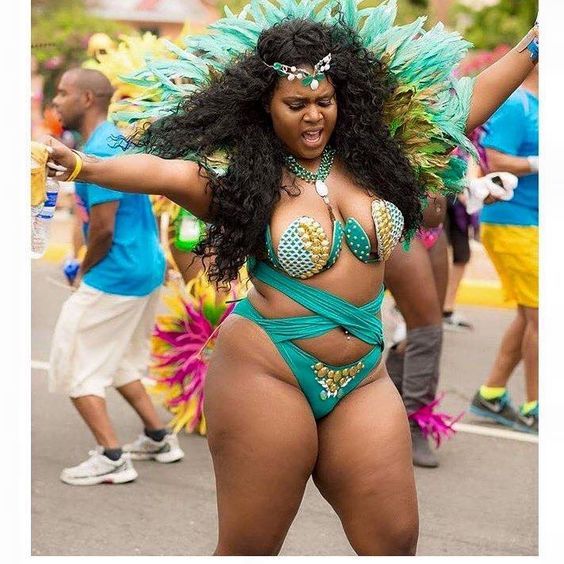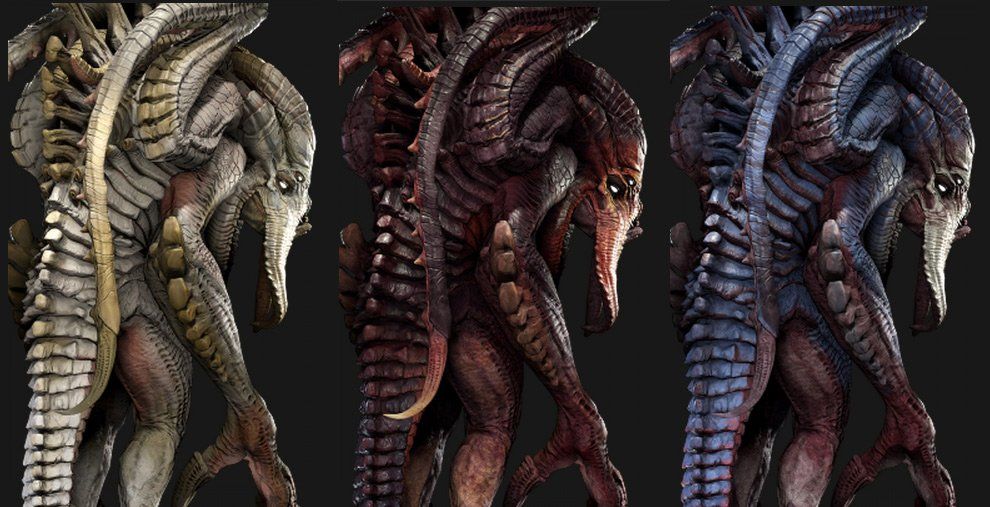How much does a pole dancer earn
How Much Do Pole Dancers Make in 2022
There are multiple factors that determine how much money a pole dancer makes, we will be answering all your questions and more in this very popular question.
Anyone who is in the business of selling their time will be compensated based on market forces — demand, cost, skills and competition for jobs all come into play to determine what you make.
But before we delve any deeper on the topic of how much a pole dancer is paid, we have to make you understand Pole dancing as a Profession.
What is Pole dancing?When people think about pole dancing, the first thing that comes to their mind is a women wearing revealing clothing dancing on a stripper pole.
In reality, pole dancing is an athletic dance form that combines spinning and tricks on a vertical pole.
It has been around for centuries in different forms throughout Asia, Africa and Europe.
Pole dancing is considered to be the only kind of dance that requires an individual to compete against themselves.
It is not about how you look but about pushing yourself beyond your limits…
The International Pole Dance Fitness Association (IPDFA) has strict rules when it comes to competitions.
The dancers must wear appropriate attire (tops covering the breast and bottoms covering the genitalia), no shoes, and must perform the routines to music with a beat of between 70 – 140 bpm.
There are different levels of pole dance fitness ranging from beginner to advance.
The dancer’s physique is not important but rather their control of their body while they execute complex moves.
If dancing on the pole seems too intimidating there are other forms of pole dancing.
Pole fitness is also popular at exercise classes for women who do not want to dance on the pole, rather they just want to get fit through training with it.
A lot of gyms now have poles installed so that the participants can build up their strength and endurance without having to leave the comfort of their gym.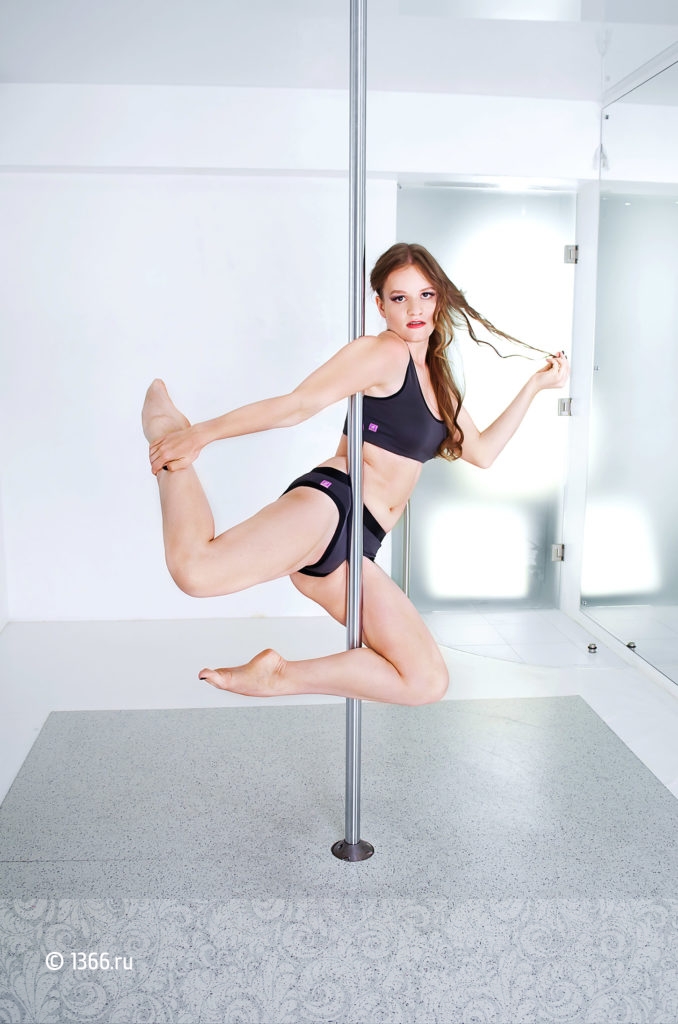
Back to our main question now, how much do you think pole dancers makes on average per annum?
Based on the information available on Salary.com, some exotic pole dancers can make as high as $53,590 but the range can fall anywhere between $44,161 to $65,431.
Again, there are multiple determinants for this.
From personal accounts from youtube, twitter and social media, exotic pole dancers have been said to have made $200-$500 per hour depending on many factors.
If you get a contract to dance at a club or other establishment for a set number of hours each week (instead of per performance), the pay can be as high as $75-$100/hour.
Now with Onlyfans, many exotic dancers can make a hefty side income whilst using the club as a way of prospecting new client subscriptions.
For the low end
For an average Average Pole dancer gig in the U.S., you can expect to make anywhere from $20-$35 an hour for a performance, or possibly a bit more depending on the club and if you have any special skills, and the factor without clothes.
Some top-end professional Pole dancers can make thousands of dollars per month by teaching pole dancing — but again, this is due to their prodigious skills and acute business sense in working with studios and product sponsors to market
Some of the factors that can affect the salaries of a pole dancer is additional skills, having regular customers and knowing the business by spending a number of years on the scene.
All these factors plays a significant role on determining the amount of money that a pole dancer will be paid.
Factors determining the average salary of a pole dancerWhat is the salary of a pole dancer?
It depends on where you are working, your level of attractiveness and dance skills to be able to determine the average salary.
The following are some major factors that affect salary:
Type of club or barGenerally speaking, clubs with more customers will pay higher salaries than those that have less customers.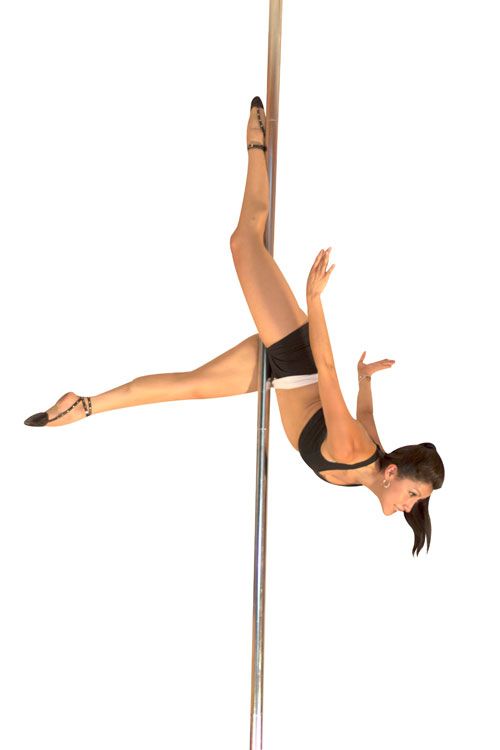
Although dancers with no experience can earn approximately $50 an hour, experienced dancers are able to earn up to $1500 per night.
Dancers’ attitude and work ethicWorkers who are not reliable will receive lower pay than those who are responsible for their jobs.
Dance SkillsYour dance skills determine how much you can earn as a dancer.
Practice, practice and more practice will help dancers become good at pole dancing and increase their chance of getting high-paying customers.
The size of your local clubFinding out how many clubs there are in your area is the first step to finding out what dancers make on average.
Dancers working for large clubs will make more money than those who work in small clubs.
Do you own a club?If you own your club, then you can keep all of the money that you bring in while working.
Dancers at private clubs are paid more than dancers at public or franchised clubs.
Promotional eventsPromotional events also increase dancers’ earnings.
Participating in competitions and guest appearances can greatly enhance your earning potential.
Pole Dancing skillsPole dancing skills are also important when trying to determine what a dancer makes per night.
Dancers who can perform more advanced tricks and spins earn more than those who cannot.
Number of hoursFinally, the number of hours a dancer works in a shift affects her earnings.
Dancers will naturally make less when working less, so it is up to them to decide if they want to work longer hours in order to increase their earnings or not.
FAQsHow much does the average pole dancer make?This will greatly depend on a number of factors among them the skills, location, the club, promotional events and few others.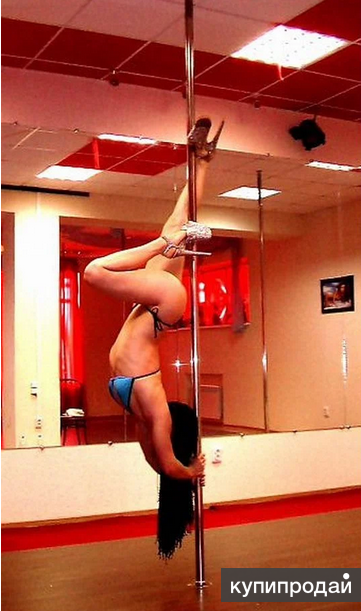
It can vary but on average, a beginner dancer that has marketed her career right can make up to $100 per hour.
How much does a pro dancer make per year?The average annual salary for a pole dancer can vary.
Top earners make up to $168,500 while the average earners make $67,839 per year.
ConclusionA survey by Men’s Health magazine in 2014 showed that 51 percent of men believed that dancers with an average level of attractiveness, dance skills and work attitude could make up to $2000 for one night on the stage.
However, only 10 percent expected performers would receive compensation more than $1000 per night on average.
We hope that this post has helped you greatly in answering this question.
How Much Do Pole Dancers Make in 2022
For those of you who are considering taking up pole dancing as a profession, it’s always nice to get an idea of how much do pole dancers make.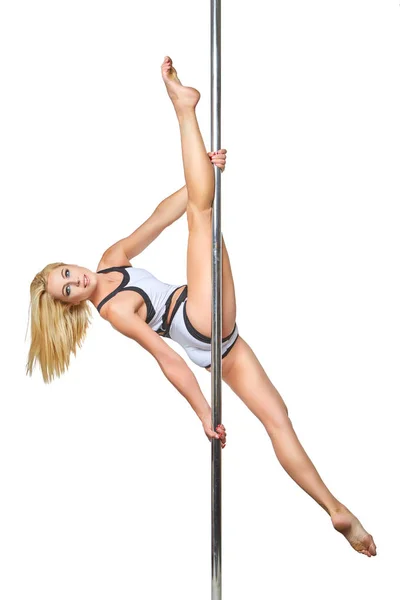
Unfortunately, no EXACT data could be found on the internet. However, that doesn’t mean we can’t do the math ourselves!
We’ve done all the research and created this detailed guide based on what we learned to give you some idea of how much money you can expect to earn as a pole dancer in 2022.
How Much Do Pole Dancers Make an Hour
The average hourly wage for a pole dancer in the US is about $20 according to payscale. While the top 10% of earners make more than $30 an hour and the bottom 10% of earners make less than $10 an hour.
Of course, these are just averages – your actual earnings will depend on factors like your experience, geographic location, and the type of venue and place where you work.
How Much Do Pole Dancers Make a Day
The number of hours a pole dancer works and the rate that she is paid per hour determines how much money she makes in a day. Pole dancers typically work anywhere from six to eight hours a day, and the average rate for their services is usually twenty dollars an hour.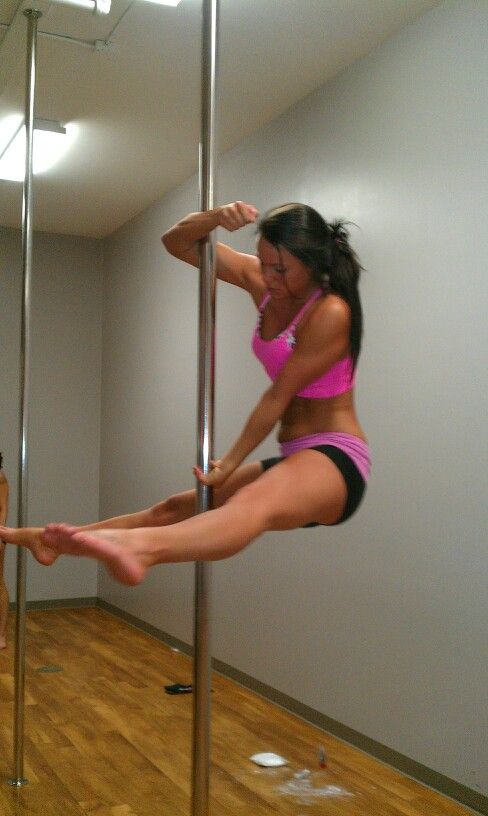
Also read: Best Songs for Pole Dancing
Now let’s do some math!
If they work for six hours, it is six times twenty, which equals 120 dollars. So pole dancers make anywhere around $120 – $160 a day.
*This does not take into account any of the tips that might receive or overtime hours worked.
How Much Do Pole Dancers Make a Week
The total amount of money that a pole dancer makes in a week is determined by the number of days that she works and her daily wage.
An average pole dancer makes between $120 and $160 in a single day’s work.
If the pole dancer works 5 days a week, she has the potential to make around $600 – $800 a week.
On the other hand, if the dancer works all seven days of the week, she can expect to make somewhere in the range of $840 – $1120 a week.
How Much Do Pole Dancers Make a Month
How much a pole dancer makes a month depends on the number of days she works in a month and the amount that she is paid per day.
As we previously stated, a single day’s job can bring you anywhere between $120 and $160 for the typical pole dancer. So this multiplied by the number of days work should give you an monthly average.
If the dancer works 24 days, she can make around $2880 – $3840 a month. And if she works 26 days the pole dancer can make $3110 – $4160 a month.
However, a highly experienced performer can make considerably more than that.
How Much Do Pole Dancers Make a Year
Assuming that you work for a total of 52 weeks per year will allow us to determine how much you will be paid annually (with 2 weeks of paid time off).
When working a job that requires a full-time commitment, you can expect to put in an average of 40 hours per week in the club.
2,080 hours of labor time in a year is equivalent to 40 hours per week times 52 weeks.
A yearly income of $41,600 is calculated by multiplying the hourly wage of $20 by the number of working hours in a year, which is 2,080.
Additional compensation may come in the form of bonuses, commission, tips, or a share of the profits.
Also read: Pole Tricks
Pole Dancer Salary Comparison Table
Here’s a quick break down of how much pole dancers make:
| $20 An Hour | Total Income |
| Yearly (262 work days) | $36,680 |
| Monthly (175 hours) | $3500 |
| Weekly (40 hours) | $800 |
| Daily (7 hours) | $140 |
Factors Determining The Average Salary of a Pole Dancer
To be able to determine what the average salary is, it is necessary to consider the location of the worker’s place of employment, their level of pleasantness, and their level of dance ability.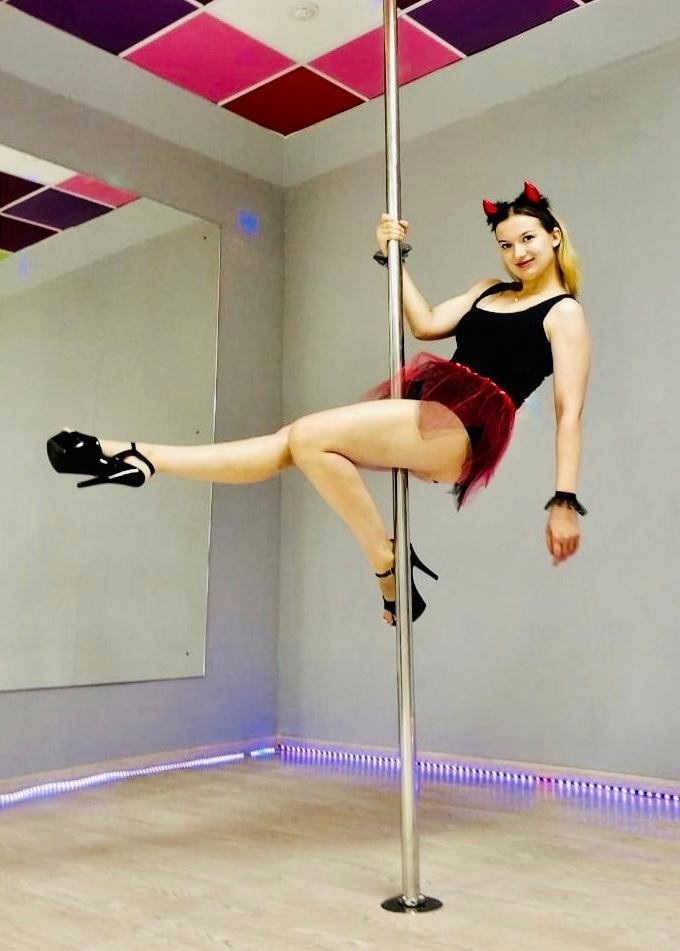
The following are some of the most important aspects that play a role in determining salary:
1. Type of Club or Bar
In general, clubs that have a larger number of customers will pay a better salary to their employees than clubs that have a smaller number of customers.
2. Number of Hours
The amount of money a dancer makes also depends on the number of hours she puts in during a shift.
When dancers put in fewer hours of work, they will inevitably bring in a lower income.
It is up to the dancers themselves to decide whether or not they wish to increase their earnings by working longer hours.
3. Working Experience
Even though dancers with no experience can earn roughly $50 per hour, experienced dancers have the potential to earn up to $1,500 per night.
4. Pole Dancing skills
Your ability to dance has a direct correlation to the amount of money you can make as a dancer.
Those dancers who can perform more complex tricks and spins earn more money than their peers who are unable to do so.
Dancers can improve their skills at pole dancing and increase their chances of landing high-paying clients by engaging in repeated, focused practice sessions.
5. The Size of the Club
The first thing you need to do to figure out what dancers make on average in your region is to learn the number of clubs that are located in your area.
Dancers who are employed by large clubs will make significantly more money than their counterparts who are employed by smaller clubs.
6. Promotions
Earning potential for dancers is also increased by participating in promotional events.
Increasing your profile through activities such as contests and guest appearances can significantly boost your earning potential.
7. Season
The wedding season, which occurs during the summer and spring, brings substantial sums of money to business-oriented pole dancers.
Average pole dancers can make it on a few hundred dollars, but the wedding season can bring in much more.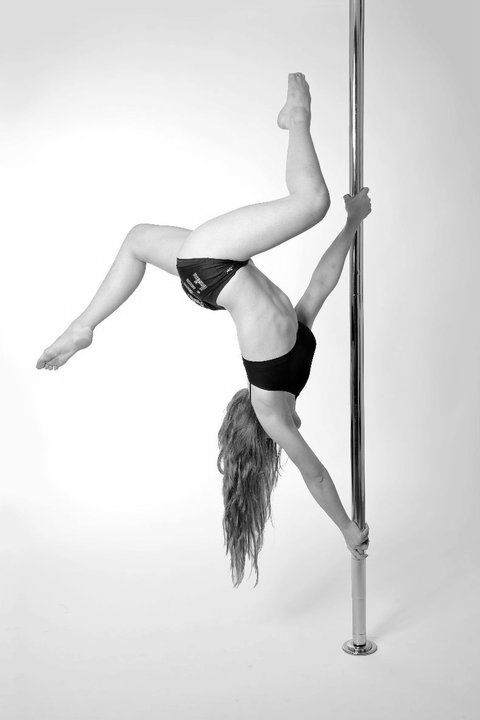
A pole dancer’s earnings might be increased by performing at multiple bachelor and bachelorette parties.
How Much Do Pole Dancers Make a Year in the UK?The average income of a pole dancer in the United Kingdom is £29,250 per year, which is equivalent to £15 per hour. The starting salary for an entry-level role is £25,350 per year, while professionals with more experience can earn up to £37,500 annually.
Can I Pole Dance Without Being a Stripper?
You certainly do not need to be a stripper to pole dance. Acrobatic tricks and motions that utilize a pole are required for pole dancing; nevertheless, pole dancing does not need stripping or other erotic movements.
How to get started in pole dance
Irina Malchukova
opened a pole dance studio
Author profile
I taught pole dance for six years, five of which I ran my own pole dance studio.
To do this, I completed two special courses and participated in several master classes, my productions won prizes in regional competitions more than once.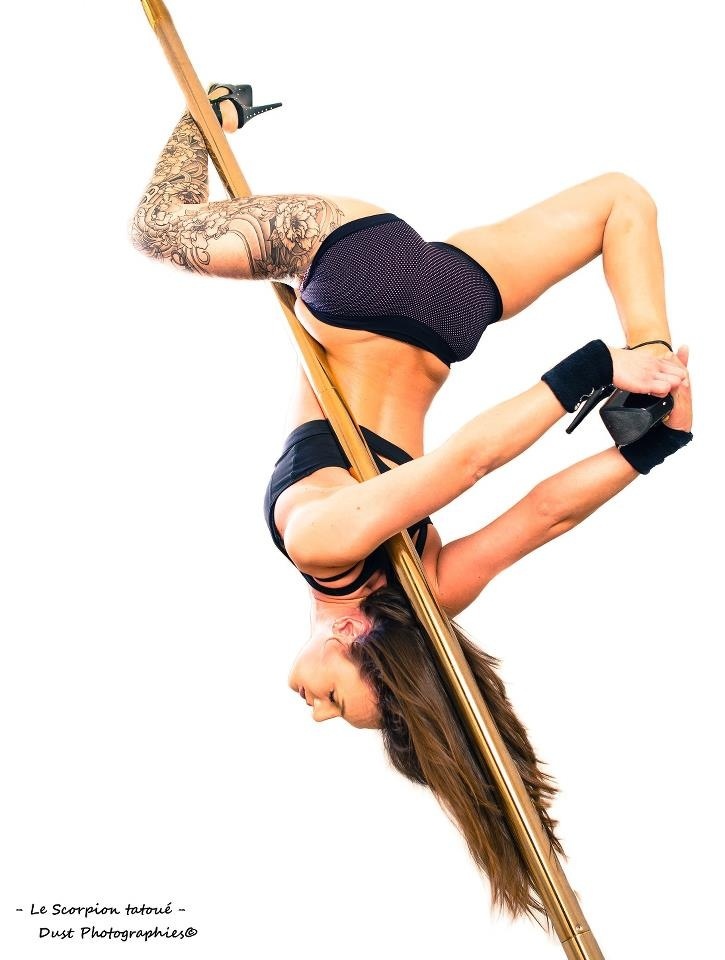
I'll tell you how to start practicing for a beginner, what to buy, why half-dance can replace fitness and how to choose the right pole dancing studio.
What is pole dance
Pole dance is a pole dance that combines elements of choreography, gymnastics and acrobatics. In fact, this is a general concept. Now there are several directions that differ from each other: Exotic Pole Dance, Pole Art and Pole Sport. I will tell about them further.
Pylon, or pole, a polished metal tube for grasping with hands and clutching with legs or other parts of the body. Its diameter can be 40, 42 and 44 mm.
/motivation-sports/
Work out with a trainer and try different activities: 7 tips to love the sport
Usually made of stainless steel, this ensures a smooth glide and at the same time a good grip on the skin. Pole dancers don't like it when a pole is called a pole.
There are static poles - about tricks that are performed on such a pole, they say "in static", and also rotating ones - dancers say "in dynamics". In what follows, I will use these concepts.
In what follows, I will use these concepts.
Most often, poles in professional studios have two modes at once. Due to simple manipulation, "dynamics" turns into "statics". In competition, dancers must be able to do tricks on both static and rotating pylons.
These are poles, or pylons - such were in my studio. I twisted the pylon from dynamics to static with the help of a key. Photographer: Vyacheslav RuchkinPylons are fixed in different ways:
- Widespread between floor and ceiling.
- With one fixed fixing to the floor or ceiling only.
- Two fixed fasteners at once. This option is the most reliable.
One fixed mount in studios is also acceptable. If the pole is installed only at a distance in a dance school, I do not recommend doing complex tricks there or spinning strongly.
There are also portable pylons - these are structures that can be transported with you or quickly assembled on site. Usually they are used for performances, since it is not safe for students to study on them in a constant stream.
elements are called tricks that are done on a pole. There are several levels of the pylon where they are performed:
- Upper - acrobatic stunts are performed here at a height of more than two meters above the floor.
- Medium - perform rotations, plastic or dynamic elements at a height of 1-1.5 meters above the floor.
- The lower one is the stalls. Usually this is plastic or acrobatics, which is performed both with and without a pylon.
In 2021, pole sport was officially recognized in Russia. This means that the Ministry of Sports of the Russian Federation will coordinate all the rules by which half-dance competitions are held, there will be sports categories for participants, judges will have to undergo certification, and half-dance federations will have to be accredited.
Order of the Ministry of Sports of the Russian Federation, in which half-dance was included in the register of sports
Dance schools offer half-dance classes not as a sports discipline, but as exercises for stretching, working out the muscles of the legs and arms.
| These are elements on the pylon, or tricks |
Half-dance directions
Pole Sport or FitnessIn this direction, most of the time is devoted to trick and power elements on the pylon. There are about 70% of tricks in the performance, and 30% of the choreographic or parterre part. To simplify, half-sport is similar to gymnastics.
Competitions are often held in this direction. Mandatory elements are defined for them - those that a dancer must be able to do and show at the competition. Each element is evaluated by points: they look at the purity of execution, clarity of lines, and other criteria. Sometimes there are restrictions on touching the floor during a performance.
Pole-sport is most similar to artistic gymnasticsPole dance directions
Exotic Pole Dance This is a dance direction where the emphasis is on choreography, plasticity and musicality.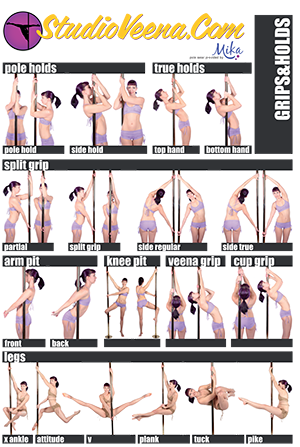 Exotic is danced in special shoes - strips, they have a high platform and heels. This is the most feminine direction. If compared with others, we can say that exotic is strip plastic with a pylon, where there is a trick part.
Exotic is danced in special shoes - strips, they have a high platform and heels. This is the most feminine direction. If compared with others, we can say that exotic is strip plastic with a pylon, where there is a trick part.
Important: in exotic pol-dance one does not completely undress. You can take off some item of clothing in the room - gloves, a neckerchief, ears from your head. But it is forbidden to expose the genitals or breasts.
This is what special shoes for exotics look like - strips. Photographer: Sergey PatrushevExotic pole dance is also divided into several types.
Exotic Flow features smooth and slow movements. The ratio of tricks and choreography is about 20/80. It does not require complex elements, but acrobatic stunts are more like dance accents. The main thing in this type of dance is the choreography at the pylon and the parterre technique at the very bottom.
Smooth slow dancing exotic flow Exotic Hard - more energetic and sharp dance.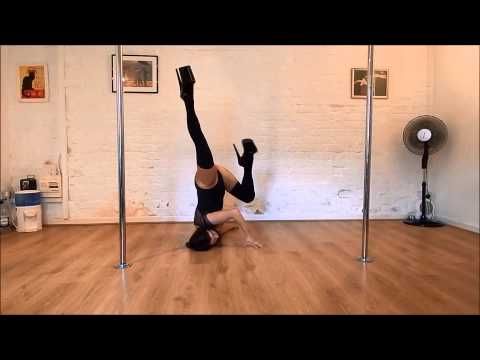 The ratio of trick and choreographic parts is 70/30.
The ratio of trick and choreographic parts is 70/30.
The main thing here is the ability to perform acrobatic elements on the pole in strips. The image and idea of the dance are also important.
Energetic exotic hardOld School is the most sensual and feminine direction. The ratio of tricks and choreography is 40/60.
Particular attention is paid to musicality, dance elements, and tricks are chosen as smooth as possible.
Sensual old school directionPole dance direction
Pole Art This is a harmonious combination of power elements and choreography, that is, 50% dances, 50% tricks. Artistry and presentation are important here. For example, sometimes they dance a modern stage dance, only with a pylon. At pol-art competitions, revealing and defiant clothing, sexual movements are prohibited.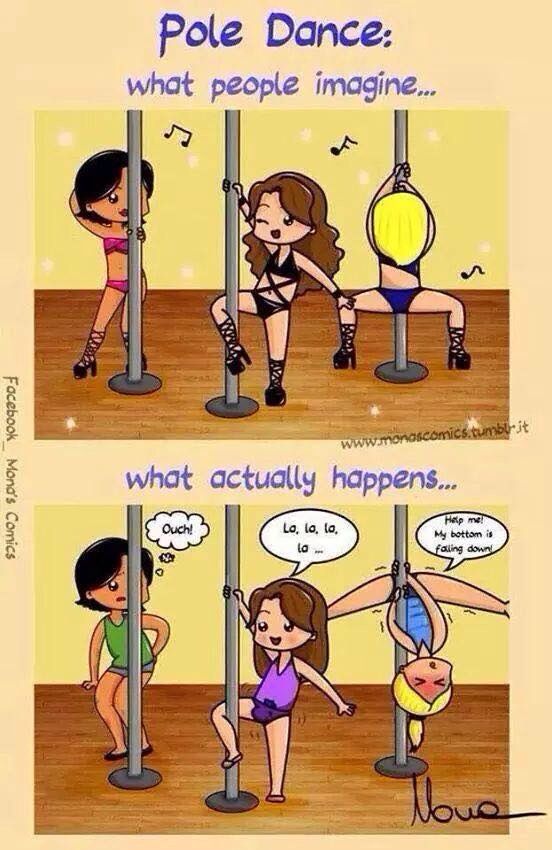
The main difference between half-art and exotic is that it is not a seductive dance that shows sensuality and femininity. Half-art is danced not in strips, but barefoot or in special shoes, the clothes are strict, not sexy, there are no playful movements or coquetry with the audience. If in exotic the task is to seduce the viewer, then in half-art it is to tell a story, show the emotions and experiences of the hero.
All directions of half-dance are intertwined with each other. It will not be possible to dance exotic or art without tricks, so the basic elements of half-sport will have to be mastered. At the same time, staging a half-sport number will not do without choreography.
I recommend combining two directions: trick part and dance part.
Pole art is reminiscent of stage dancingHow pole dance can be useful
Half dance seems to be easy because the dancers' movements are light. In fact, you need endurance, flexibility, coordination.
In fact, you need endurance, flexibility, coordination.
Calorie consumption calculator for half-dance classes
One session actually replaces a circuit training, where exercises for different muscle groups are repeated several times - the same number of calories can be spent.
In addition, pole exercises train the skill of controlling the whole body. You need to be able to keep yourself on your hands, on your feet, to maintain balance in static. Different muscles work, over time the body becomes toned. Due to twists on a rotating pylon, the vestibular apparatus is trained.
Abs and back. Many tricks must be done statically. For example, handstands. In this case, all the stabilizing muscles are involved, the press and back work, the ligaments are strengthened, strong core muscles are formed.
/list/sports-myths/
“We need to close the carbohydrate window” and 9 more common myths about sports and health
Upper body.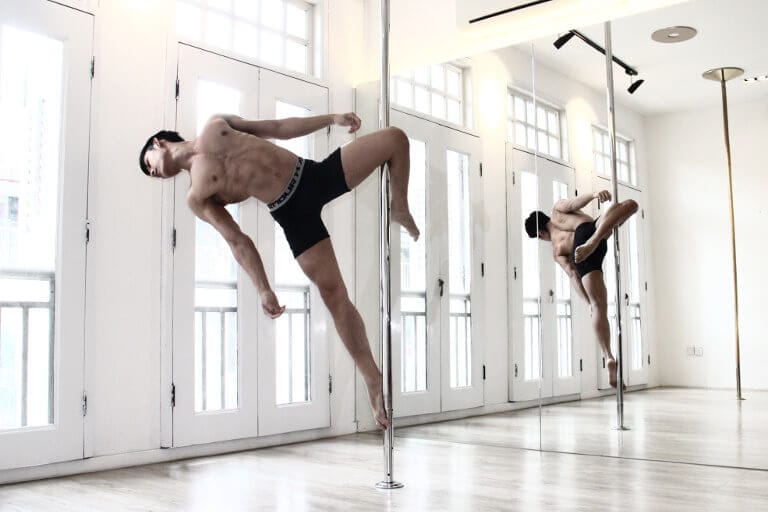 Use your hands to climb the pylon and hold your own weight. Shoulders, biceps and triceps, pectoralis major and other chest muscles, upper back work.
Use your hands to climb the pylon and hold your own weight. Shoulders, biceps and triceps, pectoralis major and other chest muscles, upper back work.
Lower body also works. For example, there are hangings on the legs - if you do not strain your leg muscles, you can fall off the pylon. Body weight must be maintained with the help of the muscles of the thigh and calves, gluteal muscles. Some beginner twists work the upper thighs, glutes, and lower back at the same time.
Stretch - there are beautiful elements that require stretching the legs and a flexible back. I recommend attending stretching classes separately. If this is not possible, performing tricks on the pylon will eventually develop plasticity anyway.
In addition, tricks must be constantly practiced - this requires stamina.
I will also note: many people gain self-confidence, because each mastered trick is a small victory.
Who suits half-dance
The most difficult thing is to decide to come to the first lesson. Popular newbie fears:
Popular newbie fears:
- I can't do it;
- everyone already knows how, but I don't know anything;
- I don't have enough strength, I won't lift myself onto the pylon;
- I don't have the ear to dance;
- I am overweight;
- everyone has splits, but I don't have a stretch.
In fact, everything is not so difficult. You can start from scratch without any preparation.
/fitness/
How to save money on sports
Even if a person was a professional athlete or dancer, he too may fail at the first training session. And this is absolutely normal, because pole exercises are a special load: the work of the whole body, coordination, grip due to the skin.
Usually students are divided into groups of beginners and those who have been studying for a long time. This is done for convenience: everyone works out the same tricks, can see each other's mistakes or direct a neighbor on the pylon in the right direction. Beginners can safely join groups of beginners: they are not far behind in the program and will quickly catch up with their level.
Beginners can safely join groups of beginners: they are not far behind in the program and will quickly catch up with their level.
I note that the pole is an amazing thing: at the very first training, a person understands whether it is him or not. In six years, I have never met a person who quit half-dance after three, five, ten classes. Usually a student lights up and stays for a long time, or realizes that he is interested in another sport, and is no longer interested in half-dance.
Development is gradual. First you start to hold on to the pylon, then you know how to spin and climb it correctly, and then a whole world of tricks and combinations opens up. I want to do and try everything, capture it in a photo or show it in a dance number. I would say that the excitement turns on: can I do it. It moves forward, so classes are rarely abandoned.
But half-dance is hard. You have to work on yourself, laziness, fears and pain. Sometimes you have to work out the same element twenty, thirty, forty times - this can get boring and exhausting.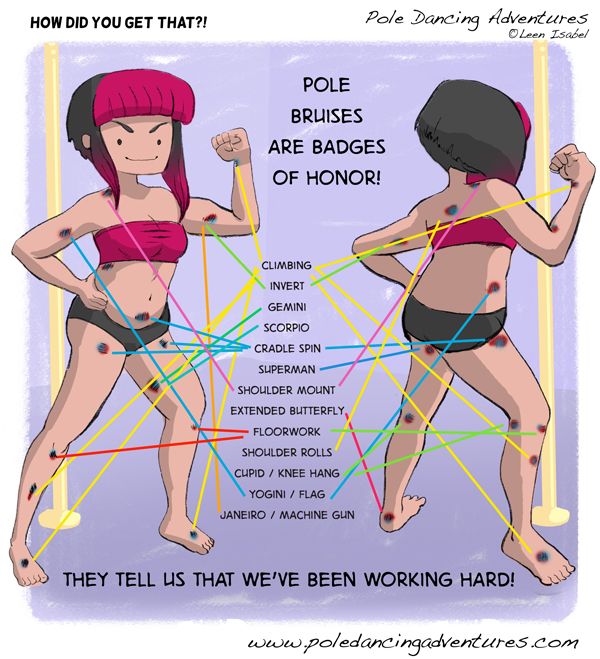 You really need to catch fire and be hardy - without this, nothing will work. Sometimes you have to wait a long time for results - both in tricks and in terms of physical form.
You really need to catch fire and be hardy - without this, nothing will work. Sometimes you have to wait a long time for results - both in tricks and in terms of physical form.
Dance studios often hold open lessons or give the first lesson for free. It is better to use this opportunity to try half-dance and understand whether you like it or not.
How is the half-dance class
Warm-up. At the beginning of each lesson, regardless of direction, 10-15 minutes - warm-up from head to toe.
If the student is late, he warms up on his own or is not allowed to the lesson. Without warming up the muscles, you can get injured - this part of the workout is mandatory. In semi-sports, attention is paid to the joints, and in exotics, they can include light basic dance elements: various waves, hip and chest rotations.
Main part. After the warm-up, the main part comes: in exotic or art, they learn the movements and the connections between them or repeat what they learned earlier. As a rule, it takes from three to six lessons to practice the dance, and from two to four, depending on the complexity, to practice the dance.
As a rule, it takes from three to six lessons to practice the dance, and from two to four, depending on the complexity, to practice the dance.
/stretching/
How I Became a Stretching Instructor
In a semi-sport, the lesson is different: the trainer explains and shows the trick that needs to be mastered and done. Up to two people can practice on one pylon. If more, the students are already uncomfortable: they will not have time to fix the element.
Periodically repeat old tricks or twists. This shows progress well: you can compare how the element was done before and how it is done now. If the student already knows several tricks, the coach comes up with combinations - when you go from one element to another.
Learning goes from simple to complex. For example, at first there will be simple elements like a “barrel” - they are needed so that the student gets used to the grip with his hands and steps over the fear that he will fall from the pole.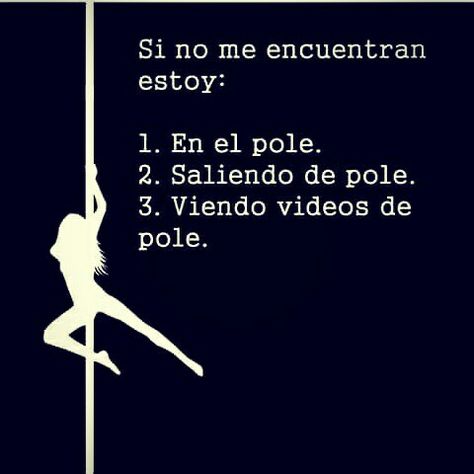
At the first lesson, it seems that you are not holding on and constantly slipping, this is normal. Then the hands get used to it, stop sweating, there is strength in the muscles and self-confidence.
For half-sports, there is an example program for students to learn tricks. Of course, everyone goes at their own pace, but after a month or two you need to be able to do the simplest grips, for example, hanging on the far and near leg, on the elbows.
Beginner's version of twist - "barrel". Source: body-bar.ru Hanging on the far leg is already more difficultEvery studio must have safety mats: you learn to perform complex tricks only with them. But beginners are also offered to take a mat so as not to get injured.
There is always alcohol or vodka and a rag in the studio - this is necessary to degrease the pylons, otherwise there will be no adhesion. Students can also use talcum powder or powder that dries their hands or feet so that they do not slip on the pole and do not roll off it. There are also other means for this, such as magnesia.
There are also other means for this, such as magnesia.
I don't recommend using talcum powder or anything else, otherwise your hands and feet won't get used to the grip - it's better to learn how to hold on right away without traction aids. Moreover, it is forbidden to use them at half-dance competitions.
Cooldown may vary between dance studios. Usually, after the dance part of the exotic, there is a slight stretch, and in half-dance they finish off the muscles: they pump the press, sometimes with a pylon, do push-ups, stand in the plank.
How are performances and pole dance competitions
Reporting concerts. Each studio holds reporting concerts, in which everyone can participate. Coaches prepare group numbers - not only dance, but also stunts, as well as solo performances when a person performs alone.
As a rule, they start preparing for the reporter in advance - several months in advance. Sometimes concerts are held not in the studio, but in a cafe, restaurant, or even in the Palace of Culture.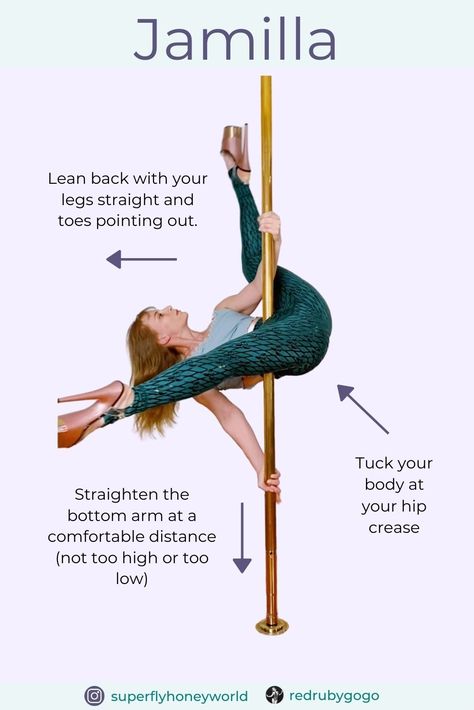 These are bright events in the life of students - their relatives and friends come to support them, and the dancers receive applause and a sense of the stage.
These are bright events in the life of students - their relatives and friends come to support them, and the dancers receive applause and a sense of the stage.
Competitions. They are held in all directions of half-dance.
In half-sport, you need to show combinations of tricks that are included in the mandatory program. They must be performed on two pylons: static and rotating. There must be a dance part, but it rather fills in the gaps between the tricks.
Participants usually qualify for local city competitions or video selection. Competitions are easy to find: you can simply google or search for groups of competitions in social networks. The coaches themselves also follow the latest information and invite students to participate. Anyone can apply for the competition.
/spravka-dlya-sorevnovaniy/
How to apply for a certificate for participation in competitions
There are several categories: beginners, intermediate level, pros, children, duets, group performances. Well-known coaches and dancers are invited to the jury. All participants receive certificates or diplomas for participation, and the winners receive medals and prizes.
Well-known coaches and dancers are invited to the jury. All participants receive certificates or diplomas for participation, and the winners receive medals and prizes.
In exotic there is no obligatory condition to dance with two poles, the dancer can choose the pole mode independently. But you can only perform in strips - the jury evaluates how well the dancer knows how to use shoes. There are also categories here, and sometimes participants are divided into areas: old school, flow and hard.
As part of the competition, invited jury members often give master classes and hold demonstration performances.
Preparation for the competition takes at least three months. With pole-sports, the most difficult thing is to wait until the pole-dance organization hosting the competition releases a list of required elements, and then choose the required number of them. Each element is worth a certain point. Therefore, the dancer collects the maximum number of points from the elements that he can do.
In addition, you must perform all the tricks according to the requirements: hold out for a specific number of seconds, enter and exit the element correctly, observe lines or angles. If the participant fell, did not get the trick right the first time, slightly slipped from the desired position along the pylon, or did not hold out for the required number of seconds, he receives a penalty.
The jury also evaluates the choreography, artistry, image, presentation. For example, you can’t sing along during a performance or look at the floor. If something went wrong and the participant left the stage during the performance, his candidacy is removed.
Competitors in semi-sports have strict appearance requirements: a swimsuit or shorts must be of a specific length, hair must be tied up, make-up is not bright. If a participant has underwear visible, he receives a fine for this.
Such stringent requirements are due to the fact that half-sport federations have been fighting for a long time to be included in the list of Olympic sports - and in 2021 it happened.
Exotic competition rules are not so strict, preparation for them is easier. But even here there are requirements: to do a certain number of tricks in conjunction, to follow the rhythm of the music, to include choreography and acrobatics in the stalls.
What you need for pole dance
Patience. The main thing is the desire and understanding that everything will not work out right away. Any coach also once slid down from a pole, could not climb a pylon and was afraid to hang on one leg upside down.
Clothing. For training, you need to take short shorts, a top or T-shirt, socks for warm-up and cool-down. Tricks in semi-sports are performed barefoot, and in exotics - in special shoes.
/sportstat/
What sports do Russians do
The more revealing the clothes, the better: you need a good grip on the pole, which comes at the expense of the skin.
Shoes. Exotic needs shoes - strips. It is not necessary to buy them right away, but you need to bring at least high heels with you. Sometimes in studios they are not allowed to dance in ordinary sandals, as they scratch the parquet. Or they ask you to seal the heel with adhesive tape - this can be found out in advance when signing up for classes.
Exotic needs shoes - strips. It is not necessary to buy them right away, but you need to bring at least high heels with you. Sometimes in studios they are not allowed to dance in ordinary sandals, as they scratch the parquet. Or they ask you to seal the heel with adhesive tape - this can be found out in advance when signing up for classes.
Strips vary in height: from one, which has a heel height of 15 cm, platforms - 5 cm, to five, which has a heel height of 25 cm, platforms - 15 cm. There are sandals, boots and even over the knee boots.
Beginners should start with ones. In the classes, you will not only have to learn how to stand and move on them, but also work out the elements on the bevels, that is, on the tips of the platform.
Knee pads. They are needed for exotic. There are many elements that must be performed while kneeling at the pylon. There are also tricks with jumping on your knees - here knee pads help soften the blows.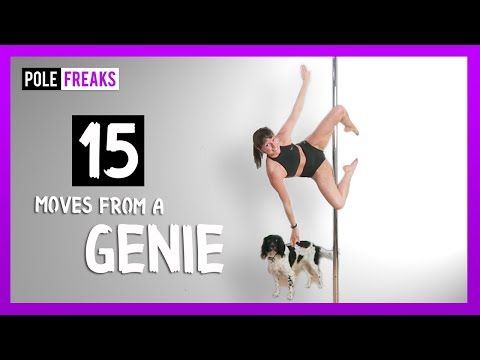
Bruise remedies. It is better to take care of possible bruises in advance - they can be in the most unexpected places. But this is temporary - as a rule, after two or three months, bruising is no longer a concern. Even at first, calluses may appear on the hands due to practicing the grip. Later, the skin will get used to it, and this problem will go away.
For accelerated healing of bruises, you can use ointments with heparin, and for the treatment of corns - a moisturizer and cream with urea in the composition.
Form for classes. Source: pilonia.ru This is what exotic strips look like. Source: pdmarket.netWho shouldn't practice half-dance
People with severe chronic diseases, in particular, diseases of the heart, lungs, nervous system, kidneys, diabetes mellitus, should not practice half-dance. That is, for those for whom any intense physical activity and leg injuries can be dangerous.
When to consult a doctor before exercising - Mayo Clinic
In addition, classes may be contraindicated for people who have diseases of the spine and joints when they should not be overloaded, or severe skin diseases that may interfere with pole training or be aggravated by friction.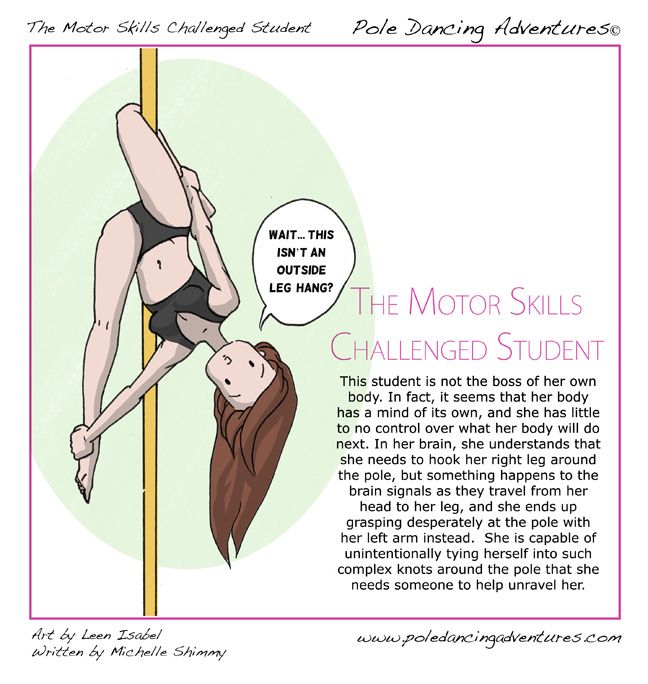
This sport is also not suitable for pregnant women, as during the performance of tricks you can fall or hit your stomach.
/sport-pregnancy/
How to stay fit and healthy during pregnancy
In other situations, everything is decided individually. I have low blood pressure and problems with the vestibular apparatus, but I have been doing pole sports for six years. In any case, you first need to consult a doctor, explain what the loads will be, so that he gives permission for classes. Usually, studios do not require a doctor's certificate, but I recommend that you insure yourself and take care of your health on your own.
Safety precautions for half-dance classes
Half-dance classes are classified as traumatic, so safety precautions must be observed. Each studio introduces the student to the signature requirements.
Leather. On the day of class, you can not use cream, lotion or body oil, go to the solarium or sunbathe - in this case, suntan creams or sunscreens are also applied. Any substances on the skin impair grip on the pole and increase the risk of slipping off the pole.
Any substances on the skin impair grip on the pole and increase the risk of slipping off the pole.
5 frequent injuries during solo sports
Jewelry. They must be left at home - they will interfere. For safety reasons, the coach must ask to remove all rings, earrings, beads, chains, bracelets, sharp hairpins and piercings.
Hairstyle. For semi-sports, it is better to collect hair, as it will interfere, and can also get tangled behind the pole.
For example, at one performance, my student's hair got caught in the bottom of the pole. Since she was twisting upside down, her hair was wound and caught. She was not injured, but she had to hang upside down while we pulled her hair out.
But on exotics, hair is usually left loose, because it is used for dancing: they twist or wave their heads, playfully throw their hair back with their hands.
Food. The last meal should be approximately two hours before training. Otherwise, twists on the pylon can make you feel sick.
Otherwise, twists on the pylon can make you feel sick.
Behavior in class. You can start training only after a warm-up, perform elements on mats and with a coach's insurance. You can’t jump off the pylon, if it’s not provided for by the trick, it’s unacceptable to relax the holding muscles - you can slide off the pylon, dropping onto your shoulders or forearms.
When performing tricks, it is important to keep a distance between yourself and other participants. In exotic classes, you need to work out the trick first with bare feet, and only then in strips.
What kind of injuries can you get during half-dance lessons?
Half-dance lessons require attention and concentration. There were cases when the dancers spun strongly, flew off the pylon and got a fracture. Sometimes equipment failed: it was not installed securely enough or poorly secured.
The most common and minor injuries that you can get in class are bruises or abrasions from hooks and hangs. At the beginning of training, until the skin is used to it, they will occur much more often. I have sensitive skin, so even after a few years, bruising periodically appeared.
At the beginning of training, until the skin is used to it, they will occur much more often. I have sensitive skin, so even after a few years, bruising periodically appeared.
/list/sports-health/
12 important questions for sports doctor Artem Ryzhenko
There is a high load on the joints and ligaments during the classes. For example, when performing some elements, the arms should be straight - in fact, the emphasis is on the wrist. If this causes discomfort, wristbands or elastic bandages can be used.
Six years later, I had a problem with the wrist of my left supporting hand - I always focused on it for racks and other elements.
It is very important to control your feelings: there should be no pain. If something hurts after completing the element, you need to rest. If the situation persists, you should consult a doctor.
And if a sprain or other minor injury occurs during the session, the training must be temporarily stopped.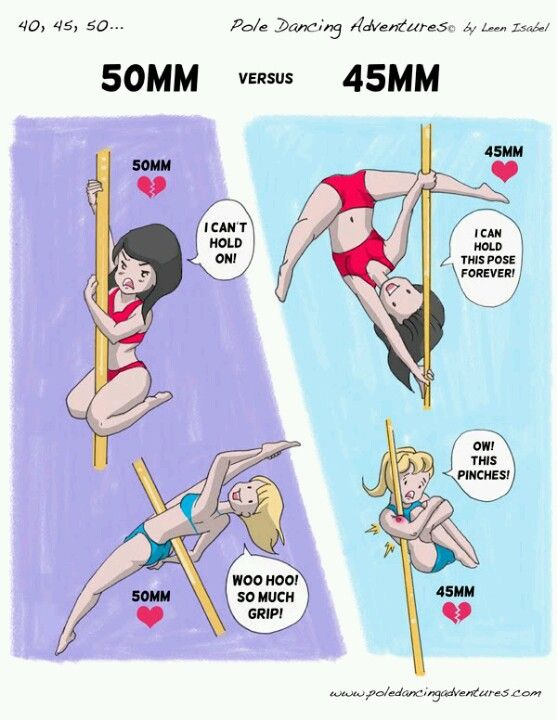 Until the body recovers, loading on the pylon is prohibited.
Until the body recovers, loading on the pylon is prohibited.
To avoid a fracture, it is important to follow safety precautions. The main thing is to never do tricks without mats and not let go of your arms and legs if the clutch has not happened. When it is clear that you are not holding on to the pole upside down, you need to tilt your head to your chest and slide down the pole to the floor on your shoulders. You should never tilt your head back to your back, so as not to fall in this position and injure your neck.
How to choose a pole dance school and coach
Equipment. It is necessary to check if there are mats and ask how the poles are fixed, what company the pylons are installed. The highest quality ones are from Pole4You. Your health and life depend on it.
Teacher training. It is important whether the studio coaches have certificates confirming the right to teach half-dance. Otherwise, they may not properly apply the load, causing injury.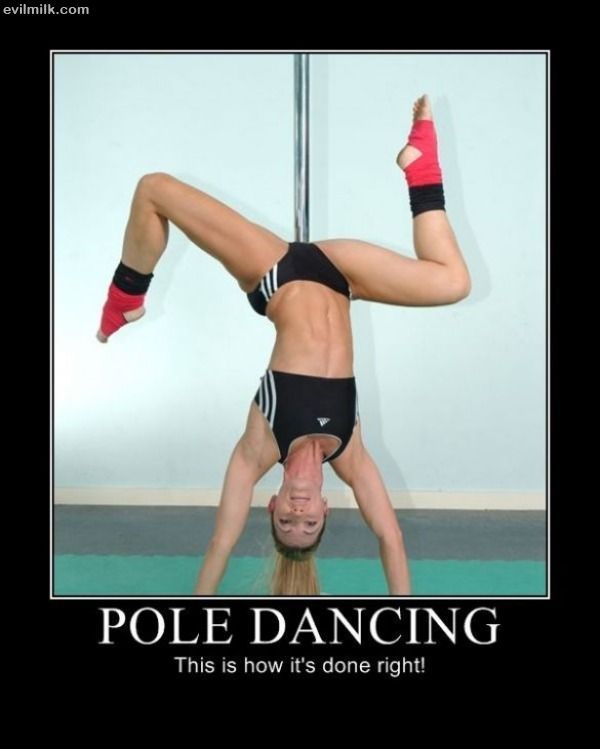
/list/dance-schools/
From waltz to bachata: where they will learn to dance in Moscow
It is necessary that the coach learn the methods of teaching half-dance, go through theory and practice, pass tests and exams. Training cannot be less than 96 hours, because otherwise you cannot master the program.
Certificates are issued by half-dance studios with titled teachers and extensive experience. Typically, such organizations belong to a pol-dance federation or represent it themselves.
Competitions. It is important what competitions teachers and students of the studio take part in and how often: if the school is active in the outside world, then it will be more interesting to study there.
Number of students per pylon. There should not be too many students in groups - a maximum of two people per pylon. Otherwise, there will be no time to practice tricks.
First conversation with the trainer.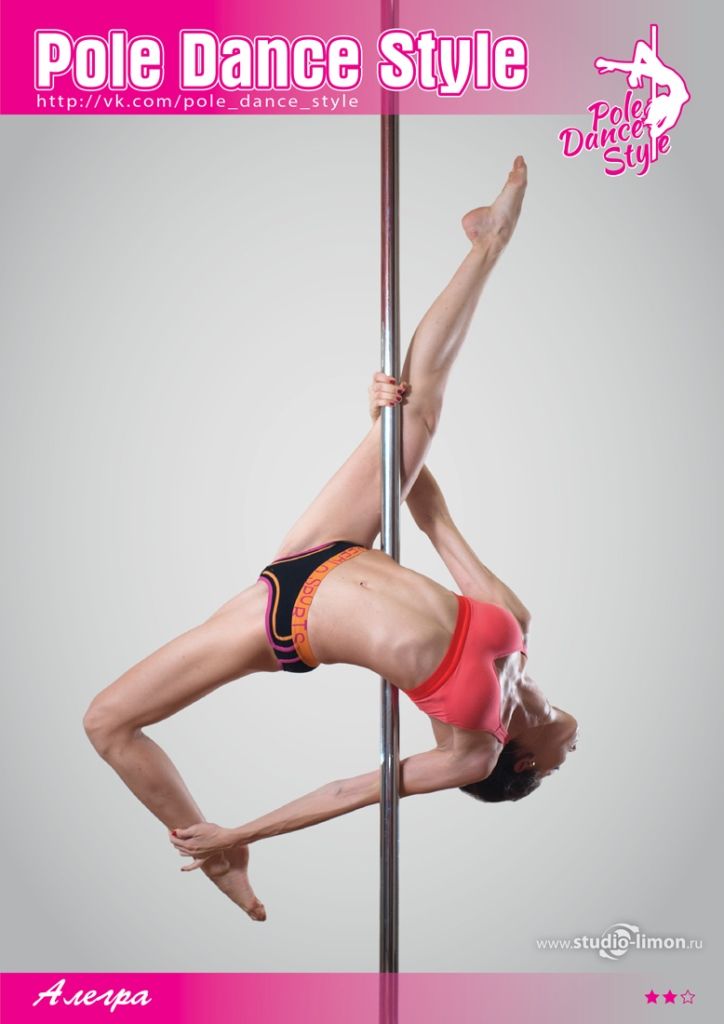 The teacher needs to know about the physical condition, diseases and contraindications. You must be told what you can and cannot do in class, and you must sign an agreement with the safety rules.
The teacher needs to know about the physical condition, diseases and contraindications. You must be told what you can and cannot do in class, and you must sign an agreement with the safety rules.
Communication with the trainer. It depends on him what mood the student is in, how he progresses, what results he achieves. You should be comfortable with the coach. If this is not the case, you need to change the coach, otherwise effective training will not work.
Coach qualification. He must have completed half-dance courses. It is also worth asking about experience: how many years he has been teaching, what successes his students have. It is good if in the past the coach was involved in professional sports or dancing, usually in this case the quality of teaching is higher.
It is also important how clearly the coach explains the technique of performing tricks and how he monitors safety: does he insure each student, does he require the use of a mat.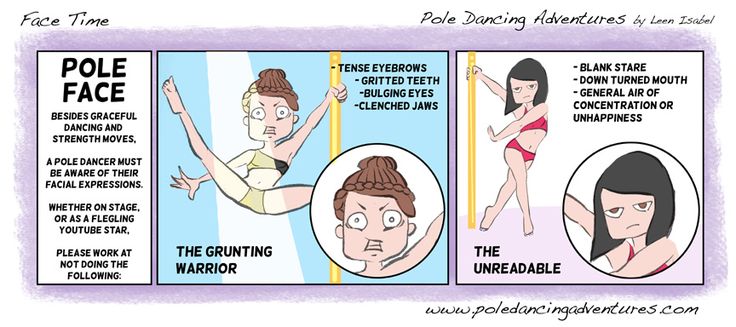
How much does it cost to do half-dance
Regular lessons. Usually dance studios offer several subscriptions to choose from: 8, 12, 16 group lessons. It makes no sense to go to training less than twice a week, that is, you need at least eight classes a month.
To practice semi-sports, you will need to spend money on a uniform and a subscription. Exotic half-dance requires a lot of money: you will also have to buy special shoes and knee pads. Then you will only need to pay for a subscription to the studio and change clothes and shoes as they wear out.
/list/hochu-mogu/
8 extreme hobbies that cost people a lot of money
Half-sport classes in the first month cost from 6500 R
| Subscription for 8 lessons | 2500-5000 R |
| Shape: top and shorts | 3500 R |
| Socks | 500 R |
Subscription for 8 lessons
2500-5000 Р
Form: top and shorts
3500 R
Socks
500 R
Semi-exotic classes in the first month cost from 13 000 R
| Strips | 5000 R |
| Subscription for 8 lessons | 2500-5000 R |
| Shape: top and shorts | 3500 R |
| Knee pads | 2000 R |
Strips
5000 R
Subscription for 8 lessons
2500-5000 R
Uniform: top and shorts
3500 R
Knee pads
2000 R
Participation in competition costs - 9018 For example, the participation fee starts from 1000 R.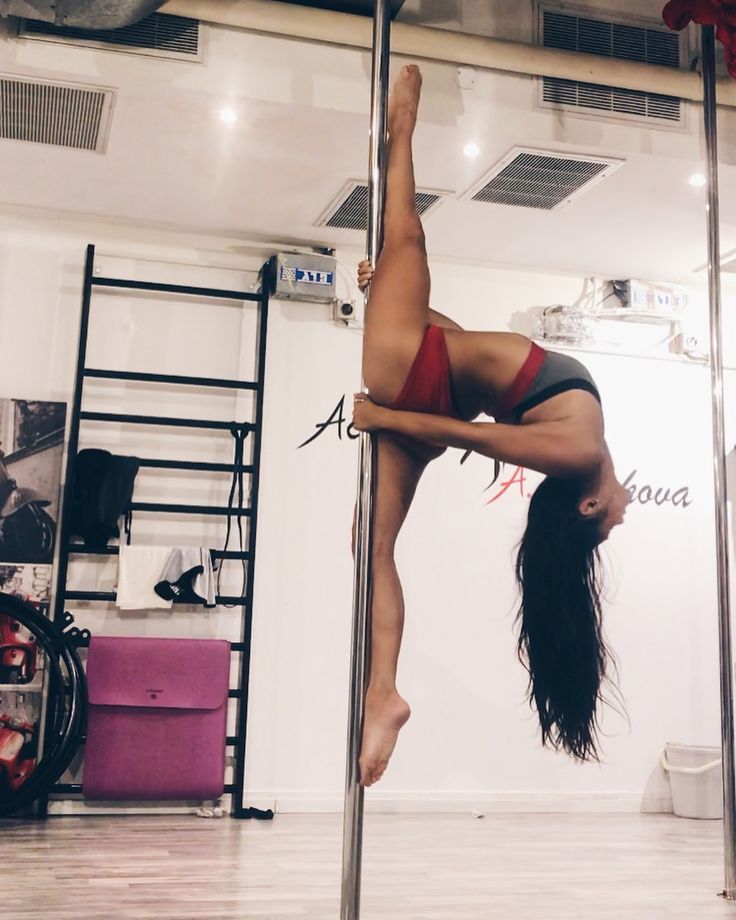 You also need to sew or buy a special suit - this is at least 3000 R. New strips for competitions are usually not bought. The dancer gets used to those in which he trains, in new ones there is a higher risk of falling.
You also need to sew or buy a special suit - this is at least 3000 R. New strips for competitions are usually not bought. The dancer gets used to those in which he trains, in new ones there is a higher risk of falling.
You also need to pay for individual lessons with a trainer to work out the number and rent the studio hall for independent training - they are needed to consolidate the result.
A personal lesson with a trainer costs an average of 1500 R, but its price can reach up to 3000 R. The number of lessons depends on the competitions themselves, the level of training, the complexity of the number. The minimum number of trainings for setting a number is four. Renting a studio for self-training will cost about 5,000 R for 10 times.
Preparation for pole dance competitions will cost about 15,000 R
| 4 personal lessons with a trainer | 6000 Р |
| Room rental for 10 self-study | 5000 R |
| Special suit | 3000 R |
| Participation fee | 1000 R |
4 Personal classes with a coach
6000 R
Renting of the hall for 10 independent classes
5000 R
Special costume
9000 3000 3000 RFund for participation
1000 R
Remember
- Pole dance is a pole dance that combines elements of choreography, gymnastics and acrobatics.
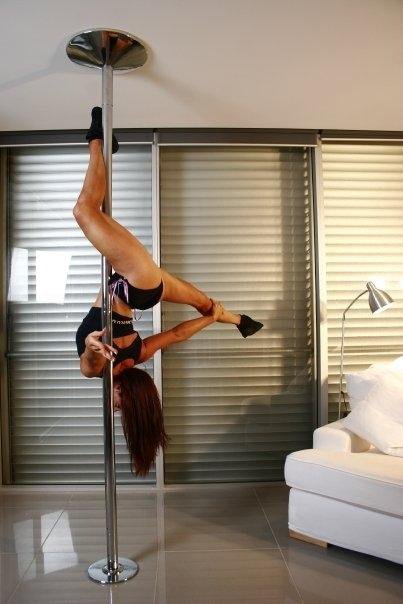
- All directions of half-dance are intertwined with each other. You can't dance without tricks or choreography.
- One session actually replaces a circuit training, where exercises for different muscle groups are repeated several times - the same number of calories can be spent. In addition, classes on the pole train the skill of controlling the whole body.
- You can practice from scratch without any preparation. Usually, students are divided into groups of beginners and those who have been studying for a long time.
- At the beginning of each workout, a mandatory warm-up, and after it - stretching or exercises without a pole.
- To start doing semi-sports, you only need a uniform, and for exotic you also need special shoes and knee pads.
- Training is contraindicated for people with severe chronic diseases and pregnant women.
- Pole dance is classified as a traumatic sport, so it is important to follow the safety precautions that you should be introduced to in the studio.
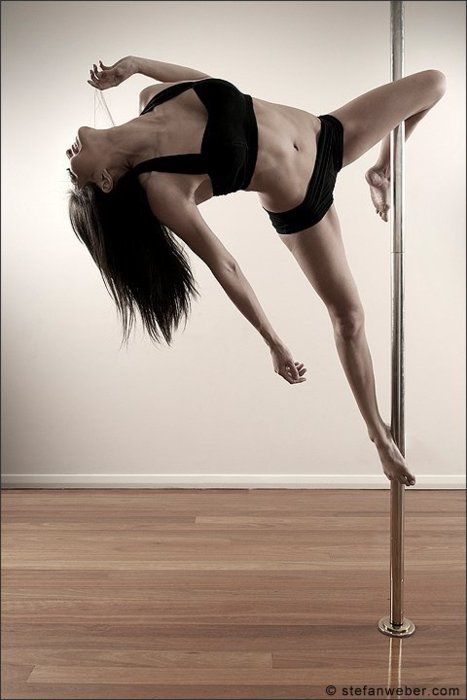
- When choosing, you should pay attention to the quality of equipment in the studio, the qualifications of the coach and comfort while communicating with him.
Health news, interviews with doctors and instructions for patients in our telegram channel. Subscribe to keep abreast of what is happening: @t_zdorov.
61-year-old hairdresser dancing on the pole June 2022 | msk1.ru
Nadezhda installed a pylon at home to do more
Photo: Sergey Fedoseev / 59.RU
Share
Three years ago, Nadezhda Semenova, a resident of Dobryanka in the Perm Territory, became interested in one dance direction - role dance, or simply pole dancing. And this would not be unusual if it were not for the age of our heroine. She recently turned 61 years old. We visited Nadezhda (she also has a pylon for classes at home) and found out how she began to practice role dancing, how her body changed after that and what sports qualities are needed for this direction.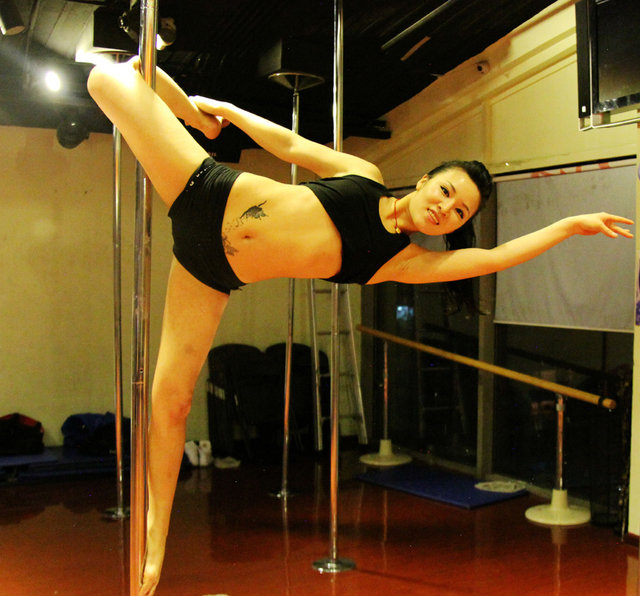
Pole dance is a kind of dance art with elements of dance and acrobatics on a pole. It performs twists, swings, somersaults and other tricks.
Nadezhda started dancing about 16 years ago. Then a school of Arabic dances was opened in the city. Then they began to learn dances of other peoples there: Indian, gypsy, Egyptian, Russian. Three years ago, Nadezhda started playing role dance - pole dancing.
— Dancing made me want to be flexible. <...> I didn’t have a single split, my knees were sharp. <...> And I started stretching, and my first split on my right leg was somewhere after 45 years. That is, it says that everything can be achieved. Of course, I had some plastic surgery, but it was more in the back. <...> I didn’t even strive for the result, I just reached out. After a few years, I sat down on my left leg. Crossover doesn't work. Apparently, this is the configuration of my body. Well, I’m moving on,” says a resident of Dobryanka. - I realized that now you need to build muscle.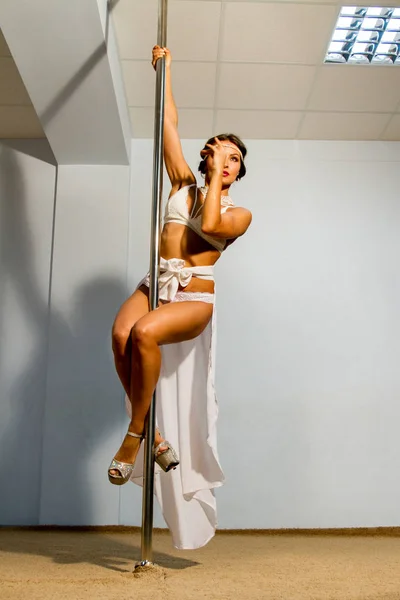 The older you get, the more you do. And I went to the pylon. Also out of curiosity. I liked the pylon, how the girls looked, but I couldn’t imagine it myself. When I came, I thought that in six months I would only be able to climb. But it went down after a month or so.
The older you get, the more you do. And I went to the pylon. Also out of curiosity. I liked the pylon, how the girls looked, but I couldn’t imagine it myself. When I came, I thought that in six months I would only be able to climb. But it went down after a month or so.
Nadezhda has been dancing for many years, she had to make different costumes for them
Photo: courtesy of Nadezhda Semyonova
Share
Pole is both dancing and acrobatics, Nadezhda explains. She loves variety in her workouts, not just fitness or strength training. And in order to lift the body on a pole, you need strong arms, shoulders and back. The dancer noticed that thanks to the exercises on the pole, her body began to gradually dry out, muscles began to form. Recently, Nadezhda has also become interested in exotic pole dance - in this direction, they dance on a pole in high-heeled shoes.
- There is also a pumping of ligaments, and muscles, and stretching.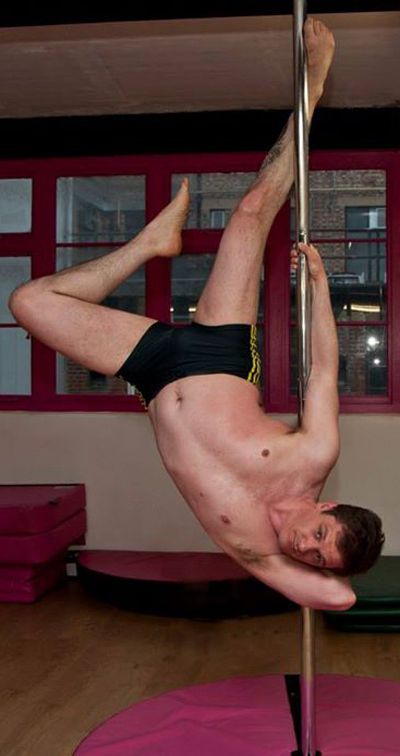 [Usually] you sit on the splits under the weight of your body, and there you need to be able to do the splits in the air, and this is more difficult, says the interlocutor. - The body began to change, I did not expect. <...> We do not know our body and what it is capable of. Therefore, I would recommend everyone to explore, try, practice.
[Usually] you sit on the splits under the weight of your body, and there you need to be able to do the splits in the air, and this is more difficult, says the interlocutor. - The body began to change, I did not expect. <...> We do not know our body and what it is capable of. Therefore, I would recommend everyone to explore, try, practice.
Some elements of the role dance are not easy, for example, one of the main ones - the step - Nadezhda still cannot do it right: pushing off not from the floor, but from the pylon.
— For a pole, yes, for any sport, it is necessary that the whole body is evenly pumped up, — says Nadezhda Semenova. - And if it does not swing, for example, legs, then you need to swing separately. [Need strong] back, shoulders, arms, grip. <...> The grip is everything. Therefore, we use special gels [to reduce slip].
Nadezhda has blocks at home to work out the splits in sagging, and also a large mirror
Photo: Sergey Fedoseev / 59.RU
Share
At home, Nadezhda first worked out with the help of ropes and a horizontal bar, doing push-ups from the floor. And then I put the pylon on and quite quickly noticed that the elements began to turn out better.
Nadezhda has been working as a hairdresser for forty years.
— I like my work, but I no longer want to advance in it, work from morning till night. I also worked two jobs. In general, everything was. And I participated in competitions, and took all sorts of courses all the time, - says Nadezhda. — I don't like any artificial hair, dreadlocks. This is both very costly and uninteresting to me at the moment. I love to communicate with the client, do haircuts, coloring. And in order not to work a full shift, so that you can also take care of yourself.
Once a woman came to work with Nadezhda, who watched a video of her dancing and wanted to learn from her.
— I didn't plan at all and got used to learning myself.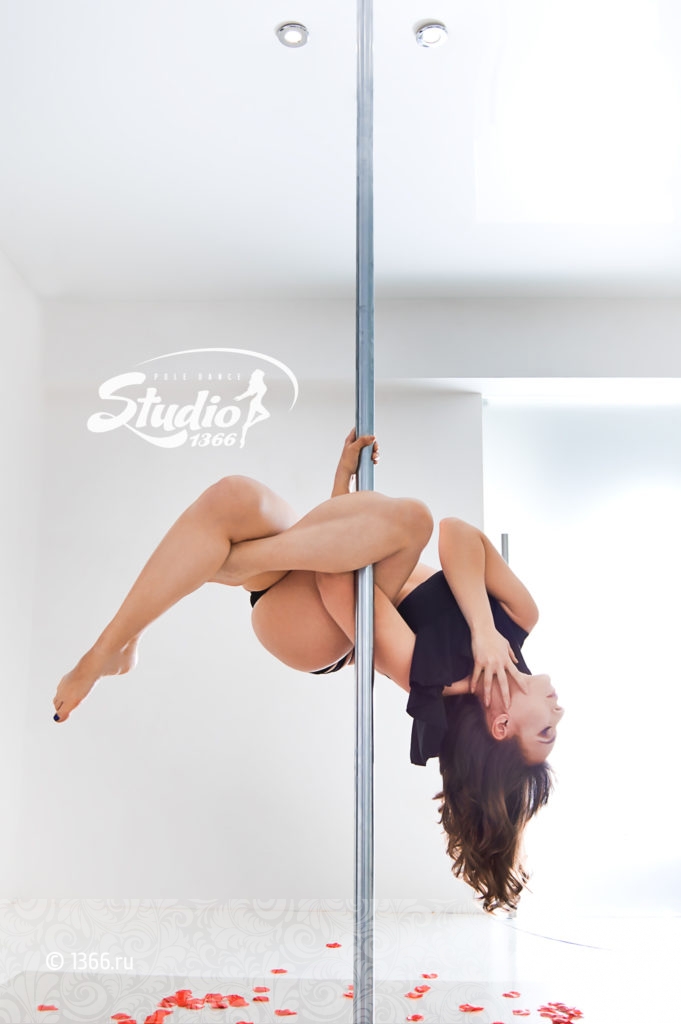 When they came to me, I was very surprised, - says the dancer.
When they came to me, I was very surprised, - says the dancer.
The visitor explained her desire by saying that she wanted to be feminine, and Nadezhda decided to take her as a student. Later, she began to teach plastic dances to another person who wanted to.
Nadezhda has been working as a hairdresser almost all her life and she loves it
Photo: Sergey Fedoseev / 59.RU
Share
Nadezhda recalls that in her childhood she was a “weak child”, she was sick a lot.
— I was sick all New Year. All the guys went somewhere in the winter holidays, and I watched TV on a folding bed. "Seventeen Moments of Spring" (12+) or some entertaining stuff. And so I grew up with this feeling that I was weak. Well, my parents felt sorry for me all the time, ”recalls Nadezhda Semenova.
As an adult, the heroine became interested in a raw food diet, veganism.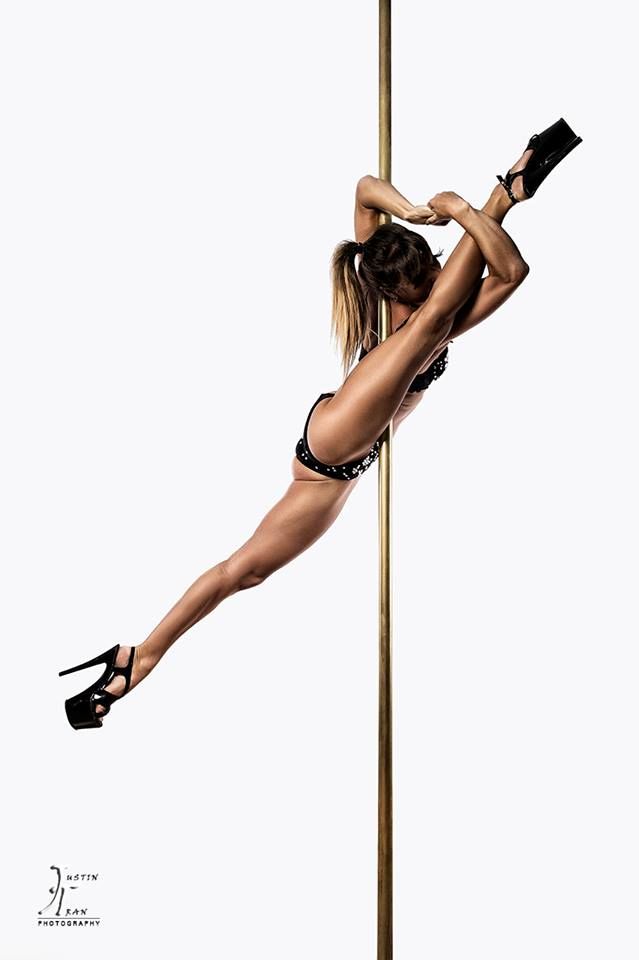 She says she feels better.
She says she feels better.
— But at some point I realized that something was coming back again. I have always been a researcher of my body,” says the interlocutor. - I won’t say that I wanted to look the best, it wasn’t vanity that drove me, but the fact that I was sick a lot and was limited in movement. <...> My husband always called me “kid”, the children are small, and I had to run all the time in sportswear. So I didn't feel like a woman. There was low blood pressure, often weakness. And I wanted to be strong, and my inner spirit resisted this weakness.
When Nadezhda started dancing, she realized that there were only few of them and she needed some more exercises. She tried running, went to the forest for this. And swim in any weather. When the river froze, Nadezhda poured water from the spring. She says that she stopped catching a cold, but in the end she got tired of doing it.
Not so long ago, Nadezhda became interested in exotic pole dance, where they dance in high-heeled shoes
Photo: courtesy of Nadezhda Semenova
Share
Nadezhda says that she always looked youthful, her father was like that too. But closer to the age of 40, she herself did not notice how she got better.
- It's just that they began to say anti-compliments to me. Well, they're like compliments. "She's become so plump." I say, "What-o-o?" Then I began to understand that I was going up to the fifth floor with shortness of breath, <...> some sores began to appear, - says the heroine.
Nadezhda looks much younger than her years - she had such a goal.
“I have become really calmer, more confident in myself, because if your body hears you, you hear it, then somehow you are not afraid of breaking down,” says Nadezhda. - The fact is that even though I name my age, I don’t fit with it so much ... Without some kind of vanity, I just don’t feel it. And not only that, I once set myself [a goal] that I should feel [myself] and look 30 years old.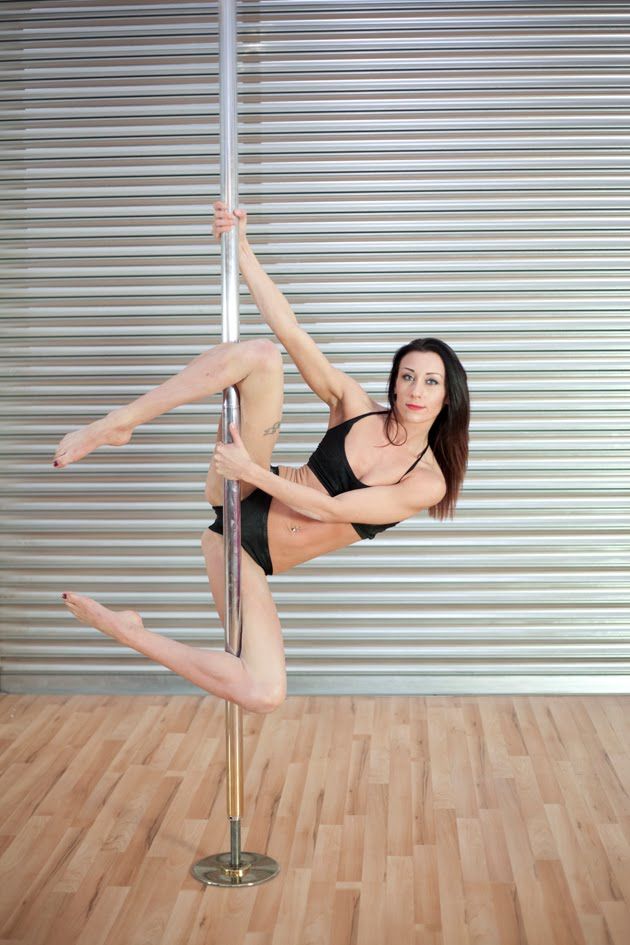 Well, I try to approach this as it will, I'm not a fan. And when you feel that you are 30 years old, as if your whole life is ahead of you.
Well, I try to approach this as it will, I'm not a fan. And when you feel that you are 30 years old, as if your whole life is ahead of you.
Nadezhda noticed that after starting classes, her body dried up, muscles began to form
Photo: Sergey Fedoseev / 59.RU
Share
Nadezhda comes from Chelyabinsk, she grew up there. Then she got married, left for Sverdlovsk (the name of Yekaterinburg from 1924 to 1991), where she lived for three years, gave birth to children. Then the family moved to Dobryanka - the husband was a military man, he was assigned there.
— So I came here and have been living here for more than 30 years. I don’t feel like a local, but I live here, I like it here. I'm so used to it... It's a small town, there is a river, a forest, work, shops nearby, you don't have to go anywhere, - says Nadezhda.
To prevent hands and body from slipping on the pylon, it is lubricated with a special gel
Photo: Sergey Fedoseev / 59.RU
Share
: "What are you like frozen?" She adds that she still differs from her young self now, when compared with photographs. Although those who did not know her before, they give less years than they really are.
Nadezhda has two sons and three grandchildren. To the question "What kind of grandmother are you?" replies with a smile: "Bad."
— I pay little attention to my grandchildren, but they are very interesting to me. I only occasionally see them,” my grandmother says. - Today I went to Perm, my grandson came out, I almost fell: he is a head taller than me, a guy of 14 years old. Well, meter 90 is probably already there somewhere. I say: "Leva, let's hug." <...> When we hugged, I felt so petty. It's not offensive, but I don't know how to say, some strange feeling that this is your grandson.
During training
Photo courtesy of Nadezhda Semyonova
Share
The eldest granddaughter of Nadezhda is 19 years old, and the youngest is 4 years old.